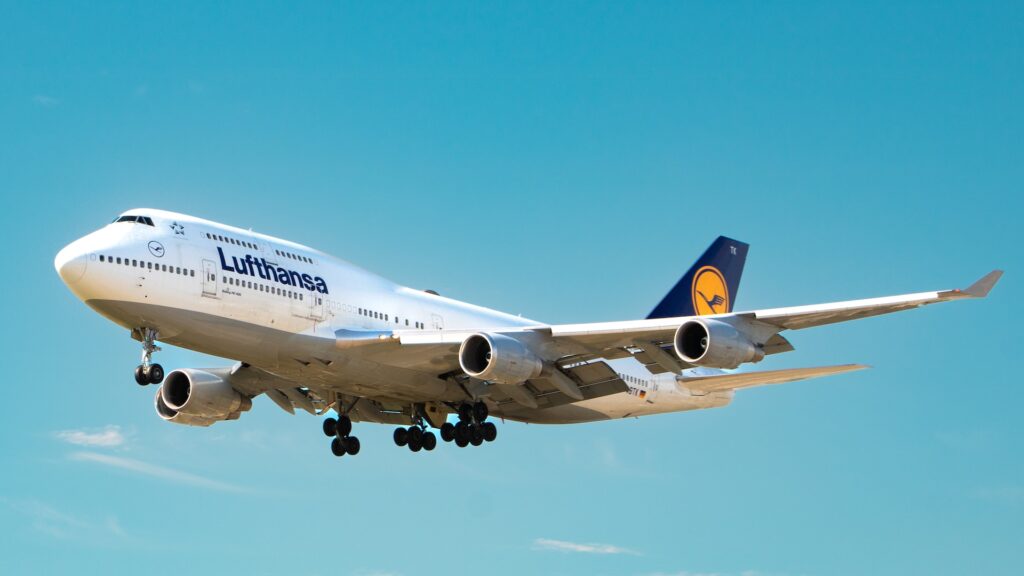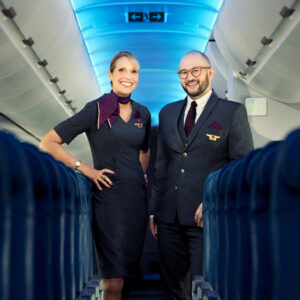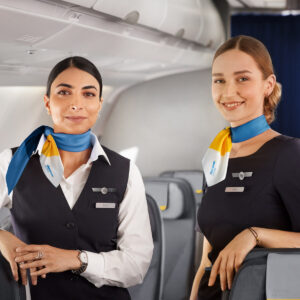Air travel can encounter unforeseen hurdles, even with meticulous planning. Recently, a Lufthansa flight from Buenos Aires, Argentina, to Frankfurt, Germany, experienced multiple diversions and delays due to a medical emergency onboard. This incident highlighted the challenges faced by airlines during long-duration flights when circumstances deviate from the norm.
The Unexpected Medical Emergency
Lufthansa flight LH511 departed Buenos Aires as scheduled, but four hours into the journey, a passenger suffered a medical emergency. With no diversion points between South America and North Africa, the flight crew decided to divert the Boeing 747-8 aircraft to Natal, Brazil, for a prompt landing and medical assistance.
The Double Diversion
After landing in Natal, a new challenge emerged. Due to a five-hour delay on the ground, the crew realised they would exceed the maximum allowable duty period under European air safety rules. To comply with flight duty limitations, the flight was rerouted to Paris Charles de Gaulle Airport, where a second crew awaited the aircraft’s arrival. This crew change allowed the journey to continue within legal limits.
Implications for Passengers and Crew
While the diversions and crew change were undoubtedly inconvenient for passengers, they were necessary to prioritise safety and comply with regulations. Ultimately, the passengers reached Frankfurt, avoiding the alternative scenario of a ‘flight to nowhere’ and a return to Buenos Aires.
Diversions in the Airline Industry
The Lufthansa incident is not an isolated case. Diversions and delays can occur for various reasons, presenting unique challenges for airlines. In recent months, Lufthansa’s 747 flights have faced diversions due to technical irregularities and medical emergencies. These situations highlight the delicate balance airlines must maintain between adhering to schedules and flight duty time limitations for crew members.
Understanding Flight Duty Time Limitations
Flight duty time limitations (FDTL) are crucial regulations that govern the maximum hours pilots and crew can operate an aircraft. These limitations ensure that aviation professionals remain alert and perform optimally during flights. Diversions or delays on long-haul flights can complicate matters as crew members approach their duty time limits, necessitating crew changes to ensure compliance with safety regulations.
Final Thoughts
The Lufthansa flight diversion incident reminds us of the unexpected challenges that can arise during air travel. Despite careful planning, unforeseen circumstances such as medical emergencies can disrupt schedules and require rerouting. Airlines prioritise passenger safety and adhere to flight duty time limitations to ensure a secure and well-organised travel experience. By understanding these complexities, passengers gain insight into the intricacies of airline operations and the measures taken to ensure their safety and well-being.







